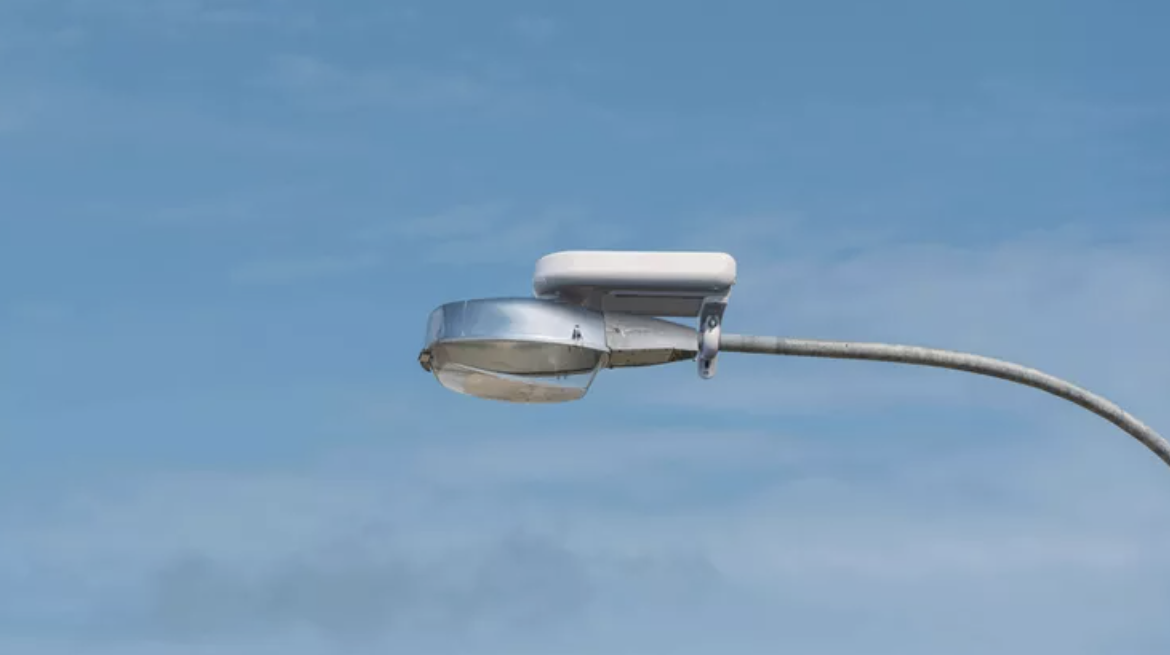A cell tower is an establishment where electronic communications equipment and antennas are mounted, making it possible for the surrounding areas to use wireless communication devices, such as mobile phones, telephones, radios, etc.
The primary function of a cell tower is to ensure the transmission of radio-frequency signals between cell phones and other devices. It is an integral element of any mobile network.
The current innovation in the mobile network is 5G, the fifth-generation wireless cellular network. It is replacing 4G due to the need for ultra-fast speed for millions of devices. 5G delivers far better speed and bandwidth than 4G, lower latency, and more improved support for IoT (Internet of Things) devices.
If you have devices supporting the 5G network, you cannot experience it until the network contains new and upgraded 5G cell towers. This article will help you understand everything about 5G cell towers.
What are 5G Cell Towers?
5G cell towers are telecommunication sites capable of transmitting 5G radio signals for wide coverage. The height of these towers typically ranges between 50 to 200 feet. They are often created to minimize their visual impact and blend in with the natural surroundings.
A 5G tower cell is pretty different from 4G both in terms of aesthetics and functionality. It is small in size; hence, more tower cells are needed to cover the same amount of space that a single 4G cell tower would cover. In addition, 5G tower cells transmit data on a completely different part of a radio spectrum.
The 5G network is incomplete without the use of small cells. The reason is that small cells are the best bet to provide maximum coverage, high speed, and low latency.
But what these small cells are? Let us explore below.
What are 5G Small Cells?
They are called small cells because of their size and are in complete contrast to macrocells used on 4G towers. They serve as a base station, playing a critical role in the overall network.
Moreover, 5G towers do not consume much electricity; hence, they are built relatively compact and small. This, in turn, results in high space efficiency. Further, small cells enable high-frequency millimeter waves having a limited range.

From the above image, you might have understood how compact 5G towers are compared to 4G. Most 5G implementations are similar to the one in the above image. However, many companies bury antennas under manhole covers to extend the network coverage through the streets.
Factors Affecting Coverage Capabilities of 5G Cell Towers
Understanding the various variables causing a reduction in cell tower coverage will enable tower owners and mobile network operators to take proactive actions to lessen their negative consequences.
The following are the factors affecting the coverage capabilities of 5G towers:
- Surrounding plants and trees
- Antenna’s height and orientation
- The frequency band used for transmission
- Materials for construction like brick, concrete, and glass
How do 5G Small Cells Work?
Though 5G cells are small in size, they are not weak. The technology in these cells is what makes 5G so fast and supports multiple devices to connect over a network.
Every small cell has a ratio equipment used for transmitting data to and from the connected devices. It also includes highly directional antennas. They leverage beamforming to direct attention to specific areas around the tower.
Further, these cells can adjust the power usage based on the load available. When the load is not available, the cells drop the power to a low state in just milliseconds. Later, they re-adjust the power immediately as the load increases.
As 5G small cells are smaller, they can be installed within hours or even earlier. In contrast, 4G towers consume a lot of time to install and run.
5G small cells require a power source and even a backup to connect them to the carrier’s 5G network and the internet. For the connection, a carrier may opt for a wireless microwave or a cable fiber link.
There are three types of small cells – Microcells, Picocells, and Femtocells. The first two are ideal for outdoor purposes as they have the ability to cover a large area – 200–2000 meters. In contrast, Femtocells are perfect for indoor uses and cover an area of less than 10 meters.
5G Cell Tower Locations
Being a reliable and ultra-fast network with low delays, 5G promises to provide a better-interconnected world where everything, from smartwatches, mobile phones, and cars to houses and farms, can connect with each other. To accomplish this goal of 5G, it is essential to have a large number of 5G cell towers. This should be implemented especially in areas that have immense traffic, such as big cities, large events, and business traffic.
The best advantage of 5G towers is that they can be installed anywhere in a small place, like light poles, the top of buildings, and even on streetlights. This results in towers that are less conventionally styled but also maybe more eyesores almost wherever you turn.

In highly populated cities, it is essential for 5G towers to exist close to the connected devices so that they can experience high speeds. The places would be outside the doors of offices, all around a college campus, down your street, or around transportation hubs.
Moreover, 5G towers need to have a direct line of sight with the receiving device. This is yet another reason why 5G towers need to install frequently in big cities.
Recommended: Where is 5G Available in the US?
Conclusion
There is a lot of demand for 5G-supporting devices in the market. This indicates the demand for 5G cell towers. Though many people view these towers as eyesores or a health risk, it is not possible to experience 5G connectivity without these cell towers. These small cells are the heart of the 5G network.
I wish this article had been there to explain 5G cell towers.












